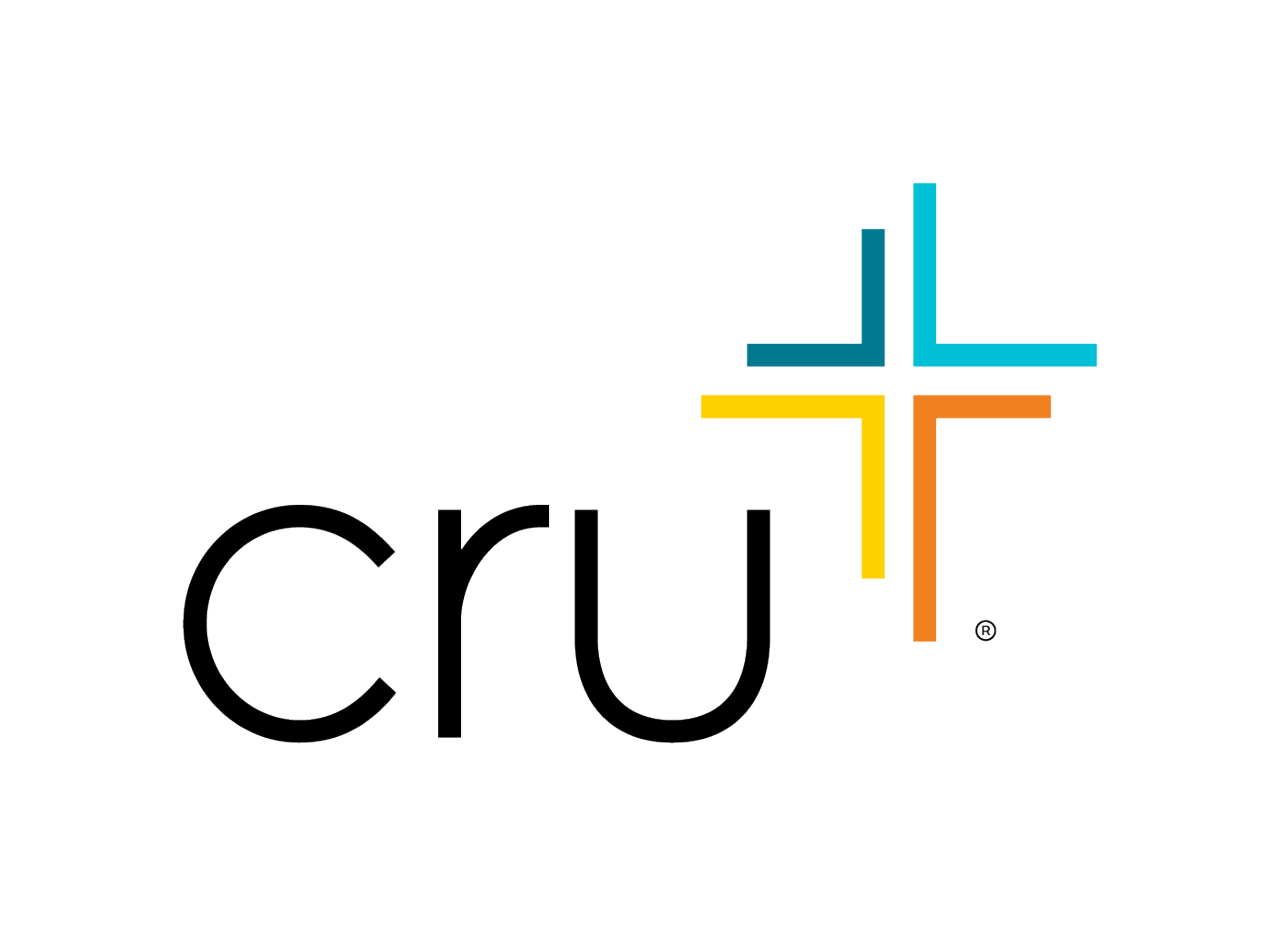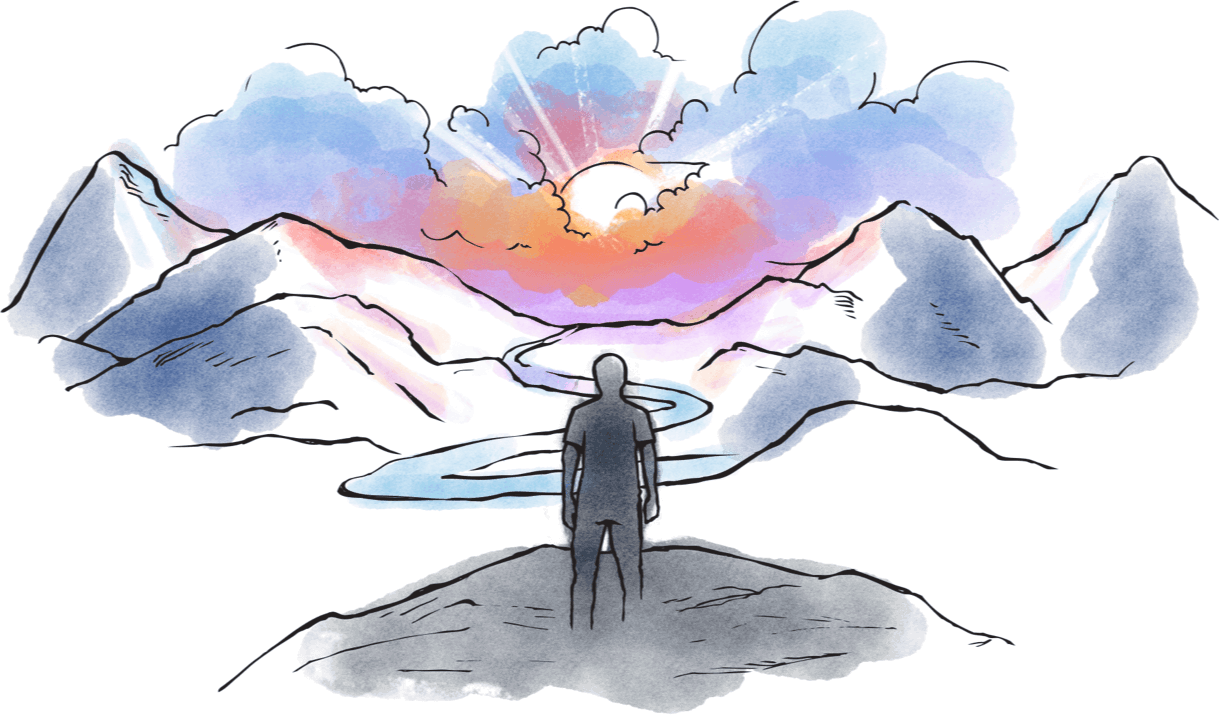All the experts agree that breaking the fast is the critical phase of fasting.
While your body is in the resting mode, your stomach shrinks and your intestines become idle. So, solid food must be reintroduced very slowly to avoid digestive distress or kidney failure. In fact, after a 40-day fast, you should make a careful transition for at least three days before returning to eating meats, fats or normal foods.
Further, if you end your fast gradually, the beneficial physical and spiritual effects will linger for days. But if you rush into solid foods, you may lose much of your deep sense of peace and experience physical problems such as diarrhea, sickness and fainting. Frankly, even death is possible in some cases due to shock.
Dr. Paul Bragg and his daughter, Patricia, have conducted fasting clinics for many years. Their book, “The Miracle of Fasting,” gives a specific daily food plan for breaking a seven-day fast that could be adapted and stretched out over several more days for a 40-day fast.
Breaking a 7-Day Fast
5 p.m. as you end your 7th day of the fast
Peel four or five medium-sized tomatoes. Cut them up, bring them to a boil and then turn off the heat. When they are cool enough to eat, have as many as you desire.
Morning of the 8th day
Have a salad of grated carrots and grated cabbage, with half an orange squeezed over it.
Have a bowl of steamed greens (spinach, Swiss chard or mustard greens) and peeled tomatoes. Bring the greens to a boil, then turn off the heat.
You may eat two slices of 100% whole-wheat bread that has been toasted until it is thoroughly dry — this is called “Melba toast.” After it has been cooled, the toast should be so dry that it would powder if you squeezed it in the palm of your hand. This first food should be in the morning.
During the 8th day
Continue to drink lots of water.
For dinner, have a salad of grated carrots, chopped celery and cabbage with orange juice for dressing. This salad will be followed by two cooked vegetables: one should be something like spinach, kale, chard or mustard greens and the other something like string beans, carrots, steamed celery, okra or squash. You may have two pieces of whole-grain Melba toast. These meals are not to contain oils of any kind.
Morning of the 9th day
Have a dish of any kind of fresh fruit, such as banana, pineapple, orange, sliced grapefruit or sliced apples. You may sprinkle this with two tablespoons of raw wheat germ and sweeten it with honey, but not more than one tablespoon.
Noon of the 9th day
At noon, have a salad of grated carrots, cabbage and celery with one cooked vegetable and one slice of Melba toast.
Evening of the 9th day
At dinner, have a salad dish of lettuce, watercress, parsley and tomatoes and two cooked vegetables.
Most experts agree that breaking a fast with vegetables, either steamed or raw, is best. Your stomach is smaller now, so eat lightly. Stop before you feel full. Stay away from starches like pastas, potatoes, rice or bread (except for Melba toast) for at least a week. Also avoid meats, dairy products and any fats or oils for a week or more. Introduce them very slowly and in small amounts.
Extended fasts are not the only fasts that need to be ended with caution. Even a three-day fast requires reasonable precautions. It is wise to start with a little soup — something thin and nourishing such as vegetable broth made from onion, celery, potatoes and carrots — and fresh fruits such as watermelon and cantaloupe.
In terms of resuming any sort of exercise routine, the advice is the same. Start out slowly, allowing time for your body to readjust to its usual regime.
Get the Fasting Starter Kit






